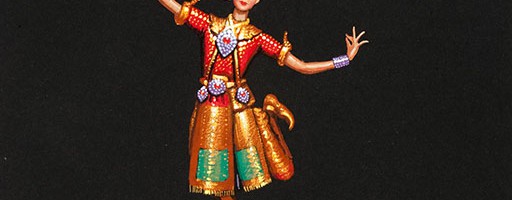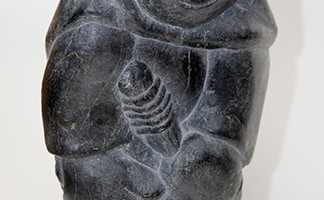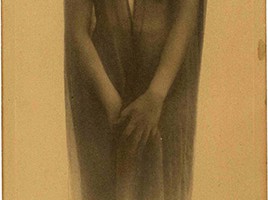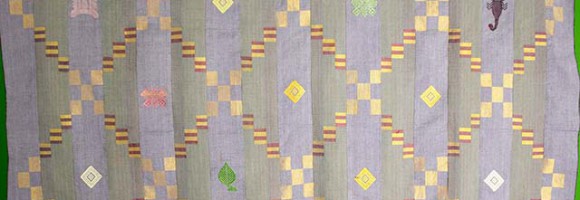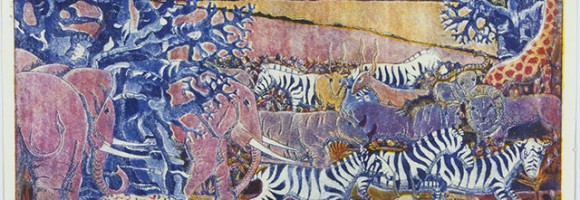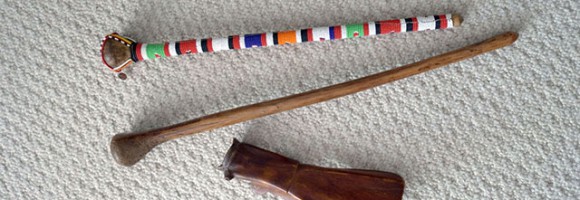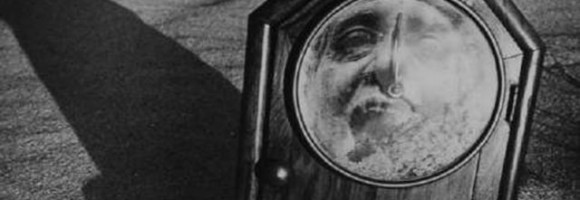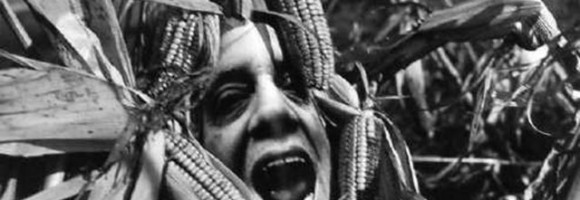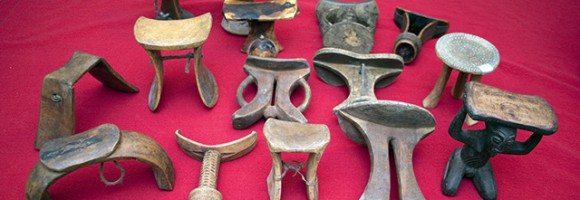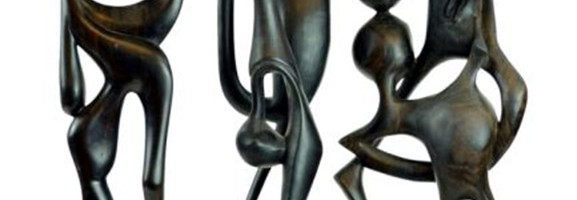Artist Unknown
These five depictions are part of a group of 13 paintings with origins in Thailand. Like many artistic works, art of this genre looks great framed. Done on black background, the images almost bounce of the surface of the painting.
These paintings were most likely made for tourists and represent nice remembrances of past travels. Although I bought them for no specific reason, I find them to be nicely rendered and hope they will eventually find a home. In the meantime, here they are for your enjoyment.
Artist Unknown
Zimbabwean Stone sculptures are often called Shona Sculptures. Zimbabwe, a southern African country whose name literally means “the house of stone,” is known for its remarkable stone sculptors. The Shona sculptors’ work is often inspired by deeply-held spiritual beliefs, folklore and daily life, and have in turn inspired many western artists. While modern in inspiration, Shona sculptures are created much as they were in the past, using simple chisels to “release” the spirits of the stone.
For more information on Shona Sculptures, click here.
Inuit art, produced by the people of the Arctic, are historically carved from walrus ivory. Since the establishment of southern markets for Inuit art in 1945, however, the use of soft stone such as soapstone, serpentine, or argillite for the carving of figurative works has increased in popularity.
For more information regarding Inuit Stone Sculptures, click here.
Artist Unknown
These three items are part of an assortment of Wyatt Earp works I have collected in the last fifteen years. Since moving to Arizona, I have been able to more thoroughly research Old West historians. Last year, Promega showcased historical photos of Arizona from the collection of Jeremy Rowe and Jeremy, for one, has written extensively about this photo of Wyatt Earp’s wife.
This photo, called Kaloma, depicts the woman thought to be the wife of Wyatt Earp. I found it in Greece in 1997 at an antique shop located in downtown Thessaloniki. The one displayed is a reproduction, since the original is too fragile to display for three months. The controversy about the true identity of the woman depicted in the photo is typical of Old West lore and embellishments of the truth about that time in our history.
The photograph of Jennifer Tilly posing in reflection of Kaloma is by John Beckett. This and other shots from the same photo shoot can be found in the issue of True West magazine currently located in the Promega library. This issue of True West was the fastest selling issue they have ever had.
I own various books and a collection of over 600 negatives from Tombstone, AZ circa 1915. I have been working with the Historical Society there to preserve these images. Last year I stayed at an RV camp in Tombstone. It took me about one hour of sitting on a bench and talking to locals to connect with just about everyone who claimed to be an expert of the history of The Shootout at the OK Corral nearby. Tombstone, “The Town Too Tough to Die,” is my favorite bit of Americana.
Artist Unknown
Kente Cloth, a type of silk and cotton fabric made of interwoven cloth strips native to Ghana, is my favorite African textile. The largest Kente on display was a gift from a graduate student from Cote d’Ivoire, West Africa, whom my wife, Beth, mentored about twenty years ago. This Kente is a very precious gift, as it once belonged to the student’s grandfather.
The Kente can be worn as a wrap, although it is quite difficult to do so for long periods of time, due to the weight of the material. In all my years I have not encountered a better example of Kente.
The second Kente was also a gift, one given to me by Kate Schachter, a Peace Corp. volunteer in Ghana, West Africa. Most Kente Cloths originate in Ghana and thus are often the most delicate and well-made.
Robino Ntila
Robino Ntila is an artist based in Tanzania. He works with artists all over Africa, conducting printmaking workshops, mostly with the support of the Ford Foundation. He has taught many artists how to print, helping them market their work in the process.
Robino worked closely with the famous Makonde artist George Lilanga, teaching him the art of printing. Lilanga, one of the few early carvers able to transition from three-dimensional to two-dimensional work, made the transition from carver to visual artist in a movement called Tinga Tinga. His distinct style characterized the start of the movement in Tanzania, one which Ntila continues today, alongside Lilanga’s son.
I met Robino Ntila in Nairobi in 1994. I have more than one hundred Ntila prints, as the artist used to send them to me once a year. Today, Ntila has taken to painting, and thus no longer sends me etchings.
Artist Unknown
These two bone carvings were made by the Maasai ethnic group in Kenya. I purchased them at the Maasai Market in Nairobi. The Maasai are pastoralists and, as such, do not waste any part of their cows, including the bones.
The first bone carving is called a rungu and is used for protection. Most Maasai carry a wooden version of this carving. However, this bone rungu is mostly ceremonial. It is a decorated type of rungu made for tourists and depicts the highly skilled bead work that Maasai women are known for.
The second bone carving is a popular tool with a variety of purposes, one being a smoking pipe. It can also be utilized to stretch and mold leather.
A photographer named Peter Beard published a book titled The Art of the Maasai, in 1992. The book popularized the Maasai bone carvings and by 1994, when I purchased these two, there were few left in the markets. Today, bone carvings such as these demand high prices and are seen mostly in museums.
Peter Beard’s book can be found at the Promega library.
Arthur Tress
These three photographs are very recent acquisitions from an auction in Scottsdale, Arizona. When I came across these images about one month ago, I recognized them immediately for their characteristic surrealistic quality. The value of these photographs far exceeds what I paid for them and I feel honored to have such exceptional items in my collection.
Arthur Tress, a unique and well-known artist, was one of the first in the 1970s to break from street photography and to develop a more personal vision. Tress’s works display a known sudo-realistic, homoerotic facet. He is known for manipulating the reality in front of him, instead of simply being a passive observer.
Arthur Tress’s work can be found in numerous museums and institutions, including the New York Museum of Modern Art, the New York Metropolitan Museum, the George Eastman House, the Bibliotheque Nationale, the Centre Georges Pompidou, the Los Angeles County Museum of Art, the San Francisco Museum of Art, the Houston Museum of Fine Art, the Whitney Museum of Art, the Stedelijk Museum, the High Museum of Art, the Chicago Center for Contemporary Art, the Cincinnati Art Museum, the Art Institute of Chicago and the Milwaukee Art Museum.
For more information about Arthur Tress, click here.
Arthur Tress
These three photographs are very recent acquisitions from an auction in Scottsdale, Arizona. When I came across these images about one month ago, I recognized them immediately for their characteristic surrealistic quality. The value of these photographs far exceeds what I paid for them and I feel honored to have such exceptional items in my collection.
Arthur Tress, a unique and well-known artist, was one of the first in the 1970s to break from street photography and to develop a more personal vision. Tress’s works display a known sudo-realistic, homoerotic facet. He is known for manipulating the reality in front of him, instead of simply being a passive observer.
Arthur Tress’s work can be found in numerous museums and institutions, including the New York Museum of Modern Art, the New York Metropolitan Museum, the George Eastman House, the Bibliotheque Nationale, the Centre Georges Pompidou, the Los Angeles County Museum of Art, the San Francisco Museum of Art, the Houston Museum of Fine Art, the Whitney Museum of Art, the Stedelijk Museum, the High Museum of Art, the Chicago Center for Contemporary Art, the Cincinnati Art Museum, the Art Institute of Chicago and the Milwaukee Art Museum.
For more information about Arthur Tress, click here.
Artists Unknown
I purchased this collection of neck rests during my time in Kenya, in the mid-nineties. Every Tuesday I would see a variety of neck rests at an open city market in Nairobi, called the Massai Market. Although this market was mostly comprised of crafts made and sold by Massai women, people sold a large assortment of items brought in from rural Kenya.
Seeing these unique items sparked my collector’s interest and I made it my goal to find varieties and designs from different tribes. Back then I could have easily filled a shipping container with this collection. However, these seem to be becoming rare, as I did not see many during my most recent visit to East Africa.
Artist Unknown
These items make up a collection of Makonde Ebony Wood carvings from Tanzania. These figures date back to the 1970s or later and are of better quality than many I’ve seen during my visits to East Africa.
This specific carving tradition, native to Southern Africa, is distinguishable from most art found in West Africa. The material of choice, African Blackwood (or Mpingo), allows artists to achieve the incredible detail typical of their work. This art is both traditional and contemporary, reflecting a tribal past as well as modern response to urban life. Makonde artists utilize tribal myths and stories as inspiration for their masterful work. Animal statuettes and human or demon-faced ceremonial masks are common.
Mpingo from Tanzania can show up as raw material or finished carving in the large and affluent Nairobi, Kenya tourist market. As these carving skills reached Kenya, they fostered the “Airport Art” of animals, masks and human figures. Additionally, Makonde carvers inspired the TingaTinga movement seen mostly in paintings and prints. For more information, click here.
